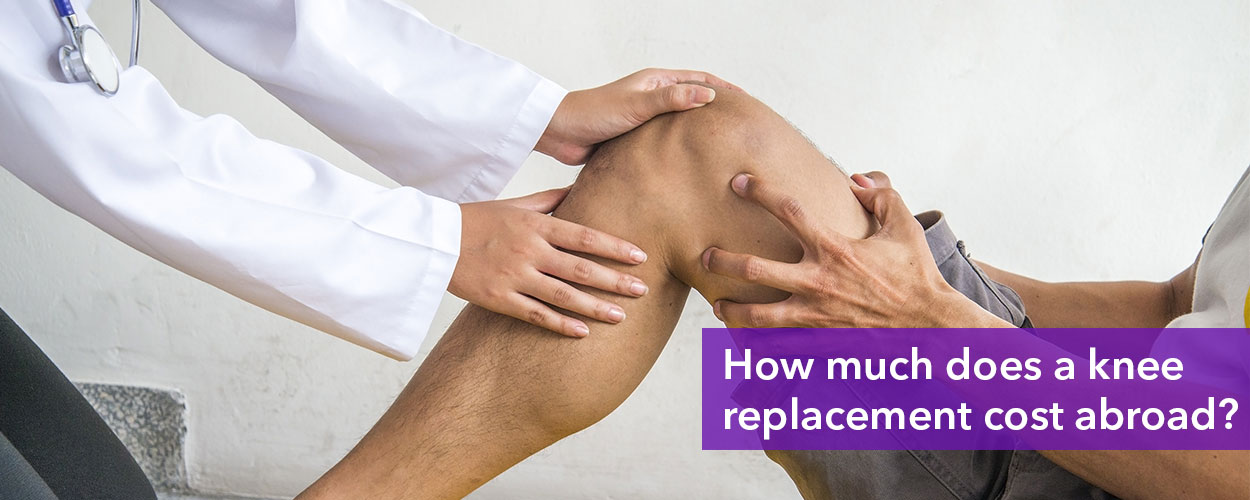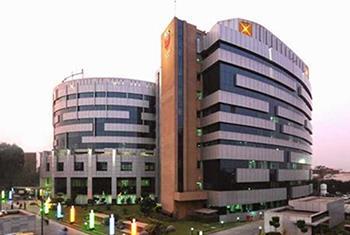Cost of Knee Replacement Surgery in Australia
It is not always easy to understand the costs associated with having surgery. Each patient has a different surgical experience, and each patient pays a different amount.
Hospital costs, anaesthetist fees, prosthesis and implant costs, pathology, and imaging are all included in the cost of orthopaedic care.
Knee replacement surgery can be conducted in two ways: in a private hospital where some or all of the costs are paid by health insurance with hospital cover, or through the public system, which is covered by Medicare. Another choice is to pay for the procedure in full, out of pocket, at a private hospital without health insurance.
Public health system knee replacement:
- In the event that one lacks private health insurance, a knee replacement may be extremely inexpensive. In the event one agrees to have knee replacement surgery in a public hospital as a patient, one may have minimal or no out-of-pocket costs.
- The disadvantage is that one can end up at the end of a protracted surgical waiting list. According to the most recent data available from the Australian Health and Welfare Institute, 12.8% of public patients had to wait longer than a year for orthopedic surgery in 2021/22. If one has reduced mobility and is dealing with chronic pain, that may take a long time.
- Furthermore, patients won’t have a choice in which medical specialists to see.
Private health insurance knee replacement:
The knee replacement surgery could be able to be expedited if there is private health insurance.
- It can even be possible for anyone to select a particular expert.
- On the other hand, one might have to pay out-of-pocket as a private patient. The likelihood of paying varies depending on:
- The type of knee replacement surgery
- The excess covered by the health insurance policy, the hospital to which one is admitted, and the physician of one’s choice.
Additionally, one could have to pay more for an anaesthetist.
Knee replacement in a private hospital, self-funded and without health insurance:
Health insurance BUPA reports that knee replacement surgery usually costs about $27,000.







